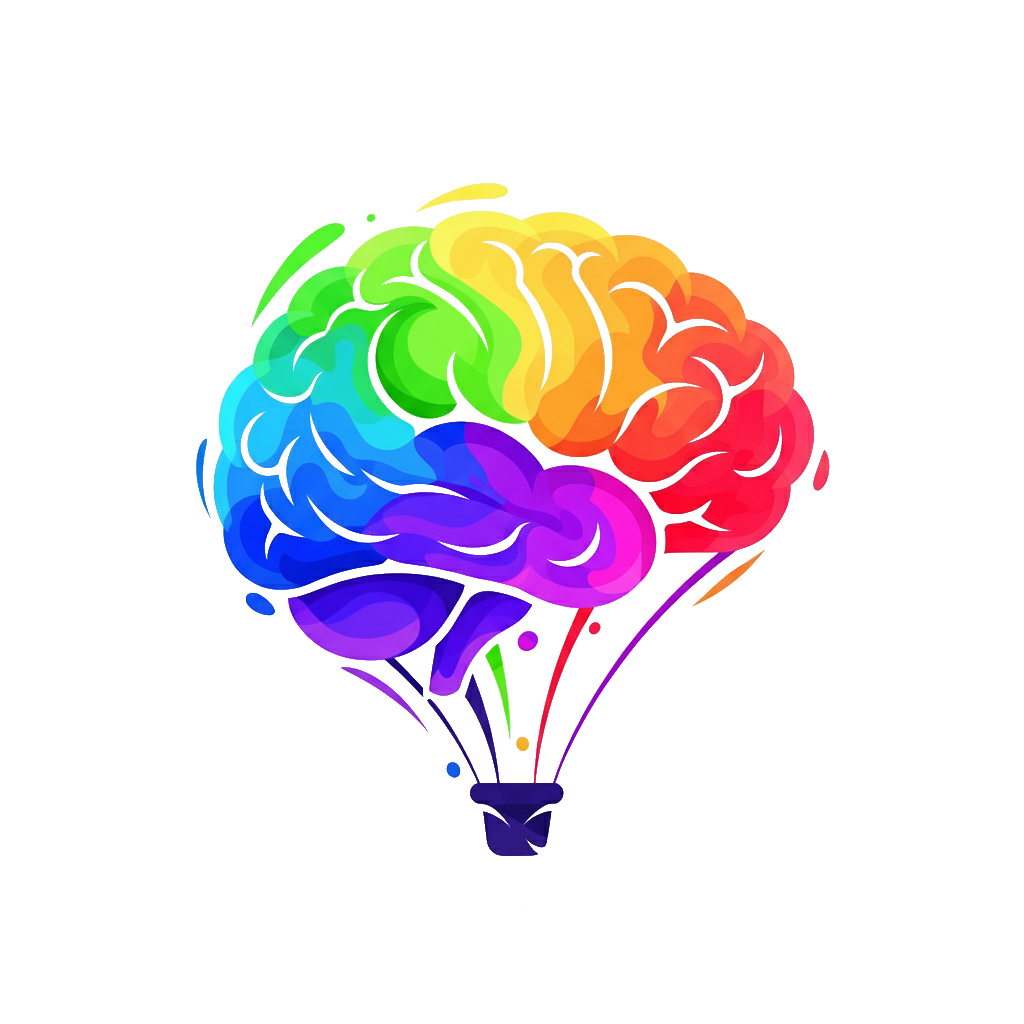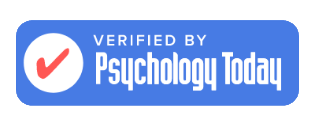Psychedelic-assisted psychotherapy (or PAP) is a structured, manualized therapeutic model combing the administration of a psychoactive substance with specialized psychotherapy. It is distinct from recreational drug use, as the medicine is used as a treatment catalyst deepening and accelerating the therapeutic process within a controlled clinical framework.
This model has gained significant traction in recent years, with the U.S. Food and Drug Administration (FDA) granting “Breakthrough Therapy” designation to both MDMA (for PTSD) and psilocybin (for depression), signaling their potential to offer substantial advantages over existing treatments. We have written about the ongoing clincal trials in previous editions of our Newletter, e.g., Psychedelic Assisted Psychotherapy (PAP) and Update: FDA Denies Approval of Psychedelic Assisted Psychotherapy (PAP). We will continue to monitor the progress of these clinical trials and update our Newsletter as updates occur.
In the meantime, we often receive inquires about the usefulness of the developing protocols. Below we provide a summary of PAP and will update this page as research findings get updated.
The Therapeutic Model
The PAP model is typically divided into three essential phases, regardless of the substance used:
- Preparation: This phase consists of several non-drug psychotherapy sessions (e.g., 3-4 sessions, 90 minutes each). The therapists build a strong therapeutic alliance (rapport and trust) with the participant. They establish clear guidelines, manage expectations, and help the participant develop “set” (mindset) and “setting” (environment) intentions for the dosing session. This phase is critical for safety and efficacy.
- Dosing Session: The participant takes a measured dose of the psychedelic substance in a comfortable, controlled clinical setting, often resembling a living room. They are typically guided by two therapists (often a male-female dyad) who provide non-directive support for the duration of the experience (usually 6-8 hours). The participant is encouraged to focus inward, often wearing eyeshades and listening to a specially curated music playlist. The therapists’ role is primarily to ensure safety and provide support, not to guide the experience actively.
- Integration: This is arguably the most critical phase. In the days and weeks following the dosing session, the participant engages in further psychotherapy sessions. The goal is not merely to “talk about the trip” but to make meaning of the (often abstract, symbolic, or challenging) experiences. Therapists help the participant integrate insights from the session into their daily life, translating them into concrete, lasting changes in thought patterns, behaviors, and relationships.
Key Literature and Clinical Applications
Research has focused on two primary compounds, each with a distinct body of literature.
1. MDMA-Assisted Therapy for PTSD
MDMA (3,4-methylenedioxymethamphetamine) is an entactogen or empathogen, meaning it increases feelings of empathy, trust, and social connection while reducing fear.
- Key Literature: The landmark study is the Multidisciplinary Association for Psychedelic Studies (MAPS) sponsored Phase 3 clinical trial, Mitchell et al. (2021) published in Nature Medicine.
- Findings: This randomized, double-blind, placebo-controlled trial involved participants with severe, chronic PTSD. The results were profound: after three MDMA-assisted therapy sessions, 67% of participants in the MDMA group no longer met the diagnostic criteria for PTSD, compared to 32% in the placebo-with-therapy group.
- Proposed Mechanism: MDMA is believed to work by reducing activity in the amygdala (the brain’s fear center) while simultaneously increasing activity in the prefrontal cortex (logic and decision-making). It also promotes the release of hormones like oxytocin. This unique neurochemical state is theorized to create an optimal “window of tolerance,” allowing a patient to access and re-process traumatic memories without being overwhelmed by the associated fear and hyperarousal.
2. Psilocybin-Assisted Therapy for Depression and Anxiety
Psilocybin is a classic psychedelic found in certain species of mushrooms. Its research has focused on treatment-resistant depression (TRD), major depressive disorder (MDD), and existential anxiety in end-of-life care.
- Key Literature (End-of-Life Anxiety): The foundational modern studies were two landmark trials published in the same journal issue: Griffiths et al. (2016) at Johns Hopkins University and Ross et al. (2016) at New York University (both in the Journal of Psychopharmacology).
- Findings: These studies demonstrated that a single high dose of psilocybin, given with psychotherapeutic support, produced substantial and sustained decreases in depression and anxiety in patients facing life-threatening cancer diagnoses. A key finding was that the degree of therapeutic benefit was strongly correlated with the intensity of the “mystical-type experience” (e.g., feelings of unity, sacredness, and transcendence) reported by the participant.
- Key Literature (Major Depression): A pivotal recent study is Carhart-Harris et al. (2021) published in the New England Journal of Medicine.
- Findings: This Phase 2 trial directly compared two sessions of psilocybin therapy against a 6-week course of a standard SSRI (escitalopram). The study found that while both groups improved, the psilocybin group showed more rapid and substantial reductions in depressive symptoms. Secondary measures also suggested psilocybin was more effective at improving well-being and remediating negative cognitive biases (pessimism).
- Key Literature (Major Depression): Follow up studies find the potential for results to be durable up to 12-months following treatment, as found by Gukasyan et al. (2022) at Johns Hopkins University School of Medicine.
Proposed Mechanisms of Action
The literature points to two main categories of mechanisms that work in concert.
Neurobiological Mechanisms
- Default Mode Network (DMN) Disruption: Research, particularly from Carhart-Harris et al. (2012, PNAS), has shown that classic psychedelics like psilocybin act as 5-HT2A receptor agonists. This action leads to a significant decrease in the integrity and activity of the brain’s Default Mode Network (DMN). The DMN is associated with self-referential thought (“me,” “my story”), rumination, and the ego. In conditions like depression, the DMN is often overactive, locking the person into rigid, negative, and ruminative thought patterns. Psychedelics “reboot” or “shake up” this network, leading to a state of increased brain entropy (flexibility) and allowing new, healthier thought patterns to emerge.
- Enhanced Neuroplasticity: Studies (e.g., Ly et al., 2018, Cell Reports) show that psychedelics promote neuroplasticity—the brain’s ability to form new connections. They have been shown to increase the production of Brain-Derived Neurotrophic Factor (BDNF) and promote synaptogenesis (the growth of new synapses). This is believed to open a temporary “window of opportunity” or “critical period” of heightened brain flexibility. The integration phase of therapy is designed to take advantage of this window, helping to solidify the new insights and pathways established during the dosing session.
Psychological Mechanisms
- The Mystical or Peak Experience: As noted in the Griffiths (2016) study, the subjective experience of unity, sacredness, and a sense of connection to something larger than oneself is a powerful predictor of positive therapeutic outcomes. This experience can re-contextualize a person’s problems, decrease fear of death, and increase a sense of life meaning.
- Emotional Breakthrough and Re-Processing: For MDMA in particular, the mechanism is less about mystical experience and more about emotional processing. The drug allows for a “fear-extinction” learning process, where the traumatic memory is decoupled from the overwhelming emotional charge, allowing it to be integrated into the person’s life story as a past event rather than a present threat.
Legal Status of PAP
1. Federal Legal Status
Federally Illegal. Psychedelic-assisted psychotherapy is not legal at the federal level. The primary substances used, psilocybin and MDMA, are classified as Schedule I substances under the Controlled Substances Act. This classification means they are considered to have a high potential for abuse and no currently accepted medical use.
- Clinical Trials (The Exception): The only federally legal pathway to access PAP is by enrolling in an FDA-approved clinical trial. The FDA has granted “Breakthrough Therapy” designation to both MDMA (for PTSD) and psilocybin (for depression) to fast-track research.
- Recent FDA Action (MDMA): In August 2024, the FDA declined to approve the New Drug Application (NDA) for MDMA-assisted therapy for PTSD. An advisory committee voted that the benefits did not outweigh the risks, citing concerns about data reliability and trial design. The FDA has requested additional data, delaying any potential federal approval.
2. State-Level Legal Distinctions
A few states have created their own regulated systems, operating in defiance of federal law (similar to state medical cannabis programs).
- Oregon (Measure 109): Oregon is the first and most established state program. It has created a state-licensed psilocybin services program that is fully operational.
- This is not a “medical” model. It does not require a prescription or a specific medical diagnosis.
- Any adult (21+) can access psilocybin services for any reason (e.g., personal well-being, spiritual exploration, creativity) after completing a preparation session with a licensed facilitator.
- Services must take place at a licensed service center under the supervision of a licensed facilitator.
- Colorado (Proposition 122 – Natural Medicine Health Act): Colorado is the second state to create a regulated access model, which is set to begin in 2025.
- Like Oregon, this is not a “medical” model and does not require a prescription.
- The program regulates “natural medicine,” which initially includes psilocybin and psilocin.
- It allows for supervised “administration sessions” at licensed “healing centers” or other authorized locations (including private residences under specific rules) with a licensed facilitator.
- The law also decriminalized the personal cultivation, use, and sharing (without sale) of psilocybin, DMT, ibogaine, and mescaline (excluding peyote).
- Other States (Decriminalization & Study): Many other cities (like Washington D.C., and several in California and Massachusetts) have decriminalized personal possession and use, but this is not the same as legal, regulated therapeutic access. Other states, such as Utah and New Mexico, have passed laws to study or create pilot programs for psychedelic therapy, but these are not yet broad access programs like those in Oregon and Colorado.
Page last updated: 20 October 2025

